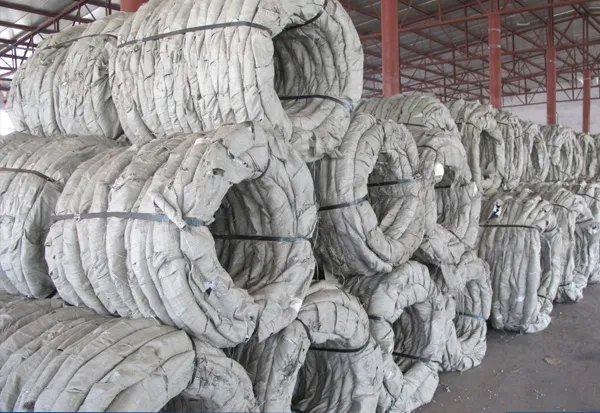Understanding Expanded Metal Wire Applications and Benefits
Expanded metal wire is a versatile and innovative material that has been gaining popularity across various industries due to its unique properties and benefits. This industrial material is made by cutting and stretching a sheet of metal, creating a mesh-like pattern that enhances its strength while reducing weight. This process results in a product that is not only durable but also highly functional for a wide range of applications.
What is Expanded Metal Wire?
Expanded metal wire is produced by taking a solid sheet of metal, such as aluminum, steel, or stainless steel, and cutting it in predetermined patterns. The sheet is then expanded through mechanical processes that elongate the metal into a mesh with diamond-shaped openings. As a result, expanded metal maintains the structural integrity of the original sheet while offering superior flexibility and functionality.
One of the most significant advantages of expanded metal is its unique structure. Unlike perforated metal, which involves punched holes, expanded metal retains its original base structure, thereby providing a higher strength-to-weight ratio. This feature makes it particularly appealing for applications where both strength and lightness are essential.
Applications of Expanded Metal Wire
Expanded metal wire is used in various areas, showcasing its versatility. In the construction industry, it serves as an essential component for walkways, stair treads, and safety barriers due to its slip-resistant surface. It can also be employed for creating grilles and protective mesh in machines, which help prevent foreign objects from entering while allowing for airflow and visibility.
In architectural design, expanded metal has gained traction as a stylish material for facades, screens, and decorative elements. Its open structure allows for dynamic light patterns and ventilation, contributing to the aesthetic appeal of buildings while ensuring safety and security.
expanded metal wire

Moreover, expanded metal wire is widely utilized in the manufacturing sector, particularly in industrial filtration systems. Its porous characteristics make it suitable for applications requiring the separation of solids from liquids or gases. This versatility extends to the agricultural field as well, where it can be used for fencing, animal enclosures, and even as ladders for plants in vertical gardening.
Benefits of Using Expanded Metal Wire
The benefits of expanded metal wire are numerous, making it an excellent choice for a variety of applications. One key advantage is its sustainability. As it is produced from a solid metal sheet, it can result in reduced material waste compared to other metal processing methods. Additionally, expanded metal is often recyclable, contributing to a circular economy.
Another significant benefit is its aesthetic value. The unique design of expanded metal allows for creative freedom in architectural and industrial applications. The ability to customize the size and shape of the openings enables designers and engineers to achieve the desired look and functionality.
Furthermore, expanded metal wire is resistant to corrosion, especially when manufactured from stainless steel or coated materials. This resistance makes it suitable for use in outdoor applications or harsh environments where traditional materials may succumb to wear and tear sooner.
Conclusion
In summary, expanded metal wire is an innovative material that balances functionality with aesthetics. Its unique manufacturing process results in a lightweight yet strong product that can be adapted for various applications across multiple industries. From construction and architecture to manufacturing and agriculture, the versatility of expanded metal wire continues to make it an indispensable component in modern design and engineering. Emphasizing sustainability and customization, expanded metal wire not only meets practical demands but also contributes to the overall visual appeal of projects, solidifying its place in contemporary industrial materials.

















